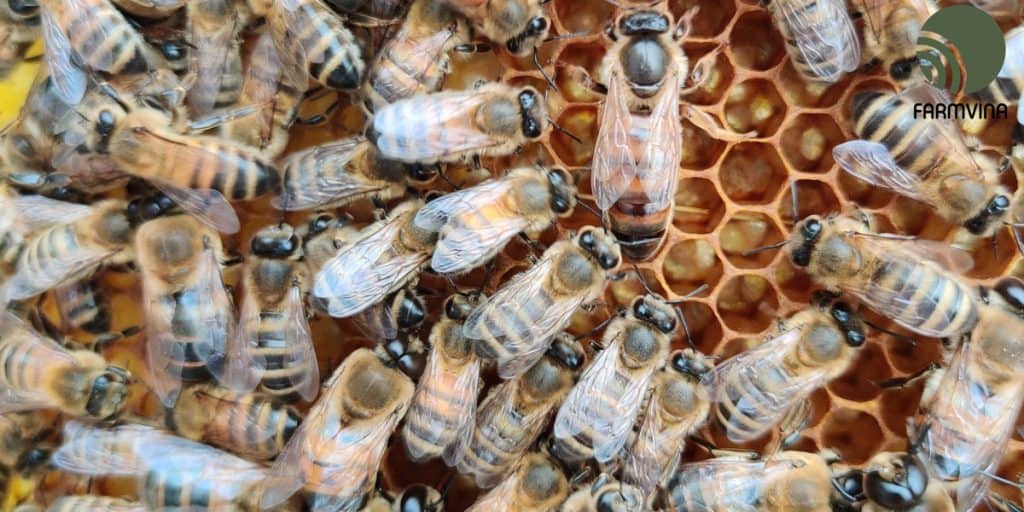tl;dr: Starting a sod farm involves careful planning and preparation
Starting a sod farm can be a rewarding and profitable venture for those with a passion for agriculture and landscaping. However, it requires careful planning and preparation to ensure success. In this article, we will guide you through the essential steps to start a sod farm, from conducting market analysis and preparing the land to sourcing sod and establishing the farm. We will also discuss maintenance and care, as well as marketing and selling strategies. So, if you’re ready to embark on this exciting journey, let’s dive in and learn how to start a sod farm!
Research and Planning
Market analysis and demand
Before starting a sod farm, it’s crucial to conduct thorough market research and analyze the demand for sod in your area. Look for potential customers such as landscapers, contractors, golf courses, and homeowners. Determine the size of the market and identify any gaps or opportunities that you can capitalize on.
Location and land requirements
Choosing the right location for your sod farm is vital. Look for areas with suitable soil conditions, access to water sources, and proximity to your target market. Additionally, consider the size of the land you’ll need to meet your production goals. A sod farm typically requires several acres of land, depending on the scale of your operation.
Equipment and infrastructure
Investing in the right equipment and infrastructure is essential for the success of your sod farm. Some of the necessary equipment includes tractors, mowers, irrigation systems, and sod cutters. Ensure that you have proper storage facilities for harvested sod and a reliable transportation system to deliver your products to customers.
Preparing the Land
Soil testing and preparation
Before planting sod, it’s crucial to conduct soil testing to determine its composition and nutrient levels. This will help you understand the soil’s fertility and pH balance, allowing you to make necessary amendments to create an optimal growing environment for your sod. Prepare the land by removing any existing vegetation, rocks, or debris and leveling the surface.
Choosing the right grass variety
Selecting the appropriate grass variety for your sod farm is crucial. Consider factors such as climate, soil type, and customer preferences. Popular sod grass varieties include Bermuda grass, Kentucky bluegrass, and Zoysia grass. Research different varieties and consult with local experts to determine the best fit for your farm.
Installing irrigation systems
Proper irrigation is essential for the healthy growth of sod. Install an efficient irrigation system that can provide adequate water to your sod farm. Consider factors such as water source availability, water pressure, and the specific needs of the grass variety you’ve chosen. Automated irrigation systems can help optimize water usage and ensure uniform watering.
Sourcing Sod and Establishing the Farm
Choosing a reputable sod supplier
If you don’t want to grow your own sod from scratch, you can choose to source it from a reputable sod supplier. Research and select a supplier that offers high-quality sod and has a good reputation in the industry. Ensure that the supplier can provide the quantity and variety of sod you need to meet customer demands.
Ordering and transporting sod
Once you’ve chosen a sod supplier, place your orders in advance to ensure timely delivery. Coordinate with the supplier to arrange transportation and ensure that the sod remains fresh during transit. Proper handling and transportation are crucial to maintain the quality of the sod and prevent damage.
Proper sod installation techniques
When it comes to installing sod on your farm, it’s essential to follow proper techniques to ensure successful establishment. Prepare the soil by loosening it and removing any debris. Lay the sod in a staggered pattern, ensuring tight seams between each piece. Water the sod immediately after installation and continue to water it regularly to promote root growth.
Maintenance and Care
Watering and fertilizing
Proper watering and fertilization are essential for maintaining healthy sod. Water the sod deeply and infrequently to encourage deep root growth. Fertilize the sod according to the specific needs of the grass variety and follow a regular schedule to ensure optimal nutrition.
Controlling weeds and pests
Weeds and pests can pose a threat to the health and appearance of your sod. Implement effective weed control measures such as mowing regularly, applying herbicides, and manually removing weeds. Similarly, monitor for pests and take appropriate measures to control them, such as using insecticides or biological controls.
Mowing and trimming
Regular mowing and trimming are necessary to maintain the desired height and appearance of your sod. Set the mower blades to the appropriate height for the grass variety you’re growing and mow frequently enough to prevent excessive growth. Trim the edges of the sod to create clean and defined borders.
Marketing and Selling Sod
Creating a brand and website
Establishing a strong brand presence is crucial for marketing your sod farm. Create a compelling brand identity and develop a professional website to showcase your products and services. Include information about your sod varieties, pricing, and contact details. Optimize your website for search engines to increase visibility.
Developing a pricing strategy
Develop a pricing strategy that considers factors such as production costs, market demand, and competition. Offer competitive prices while ensuring profitability. Consider offering discounts for bulk orders or establishing long-term contracts with landscapers and contractors.
Building relationships with landscapers and contractors
Developing strong relationships with landscapers and contractors can be a valuable source of consistent business for your sod farm. Attend industry events, join local associations, and network with professionals in the landscaping and construction industry. Offer exceptional customer service and build trust to establish long-term partnerships.
Conclusion
Starting a sod farm requires careful planning, preparation, and ongoing maintenance. Conduct thorough market research, choose the right location and equipment, and prepare the land for sod installation. Source high-quality sod, establish proper care and maintenance practices, and implement effective marketing strategies. With dedication and hard work, you can successfully start and run a thriving sod farm. Good luck on your sod farming journey!
FAQs
How profitable is sod farming?
The profitability of sod farming can vary depending on various factors such as market demand, production costs, and competition. However, sod farming can be a profitable business if managed efficiently and there is a consistent demand for sod in the local market.
What equipment is needed for a sod farm?
The equipment needed for a sod farm may include tractors, mowers, sod cutters, irrigation systems, fertilizers spreaders, and trucks for transportation. Additionally, specialized equipment for soil preparation, harvesting, and installation may also be required.
How do sod farms not run out of dirt?
Sod farms do not run out of dirt because they practice sustainable farming techniques. After harvesting sod, the top layer of soil is replenished with organic matter and nutrients. Additionally, sod farms may rotate their fields, allowing the soil to regenerate and maintain its fertility.
How long does it take for a sod field to grow?
The time it takes for a sod field to grow can vary depending on the type of grass and growing conditions. Generally, it takes around 12-18 months for a sod field to fully mature and be ready for harvesting. However, some fast-growing grass varieties may be ready for harvesting in as little as 6-8 months.
Originally posted 2023-08-31 07:08:32.



